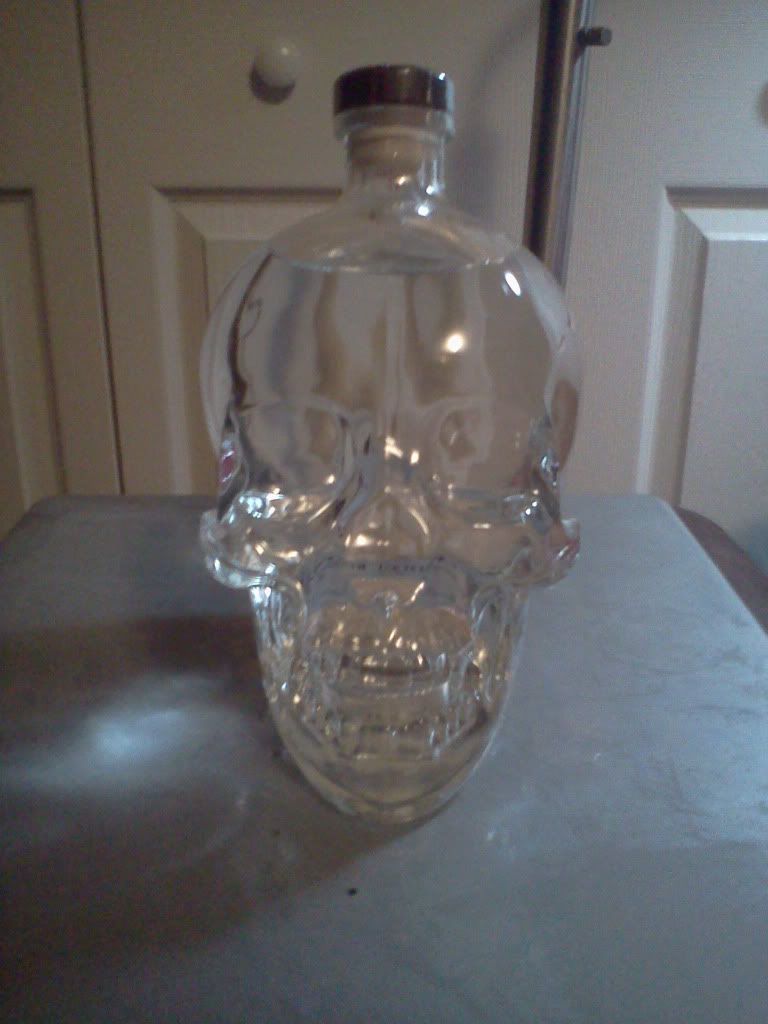
For the Halloween season of October this year, I resolved to spend most of my reading time re-reading old favorites. Grand masters like Stephen King, Robert R. McCammon, Ramsey Campbell, Peter Straub, and my annual re-read of “The Colour Our of Space” guaranteed a spooky time. Throw in a couple of modern things (Bryan Smith’s Kayla and the Devil and Norman Partridge classic Halloween story Dark Harvest) and I was set.
For my King selection I decided to go with a book I hadn’t read since its release, and one of his books that inspires a great division of opinion among his fans: From A Buick 8.
In western Pennsylvania, a mysterious man drives his vintage Buick Roadmaster into a service station and disappears, leaving the car behind. The car is taken into custody by the local barracks of the State Police, and stays in a storage shed on their property for the next quarter of a century. The troopers learn the thing really isn’t a car, just a mimicry of a car. Strange lights are occasionally seen around it, there are mysterious temperature fluctuations nearby, and sometimes things come through. People, animals, and things also vanish nearby, indicating the “car” may be some sort of portal to…somewhere else. The story is told as a flashback, with the older troopers telling it to Ned Wilcox, the young son of one of the troopers who first encountered the object, and who has been recently slain in a roadside accident.
The story ties into King’s larger Dark Tower mythos, but it reads perfectly well without any knowledge of that series, and in my mind, not knowing anything else heightens the sense of mystery, so it shouldn’t make it difficult to read for someone who hasn’t read the other books. Many King fans dislike the book because there is a lack of a definite conclusion, and most of the mysteries are not solved in the end.
From A Buick 8 features two themes of King’s work. The first is the obvious connection to cars. Like Christine, the central object is a vintage car (or something that looks like one) with malevolent intent. King, like me, is old enough to remember the glory days of American car culture, so classic cars are a strong nostalgic totem in his work.
The other theme is one found in some of King’s later work, and is what frustrated many readers, the lack of a definitive conclusion. My pet theory is this relates to the age of the writer. When you are young, you have an often-misplaced confidence that in time all things will be revealed, all mysteries will be solved. Thus the more definitive endings and explanations of King’s earlier work. Carrie dies, the Overlook hotel explodes, Salem’s Lot burns to the ground. As you get older, you start to realize that not all puzzles will be solved, not all truths will be made clear. Sometimes, Godot never arrives. This is found in a good deal of King’s later work, in fact; his next novel, The Colorado Kid, is structurally identical to From A Buick 8. Old-timers tell a young person about a mystery, and that youngster is frustrated by the lack of an ending.
Although I understand why a lot of people don’t like From A Buick 8, the story works for me. Not every secret will be told, and sometimes you have to use your imagination to fill in the blanks.
.










